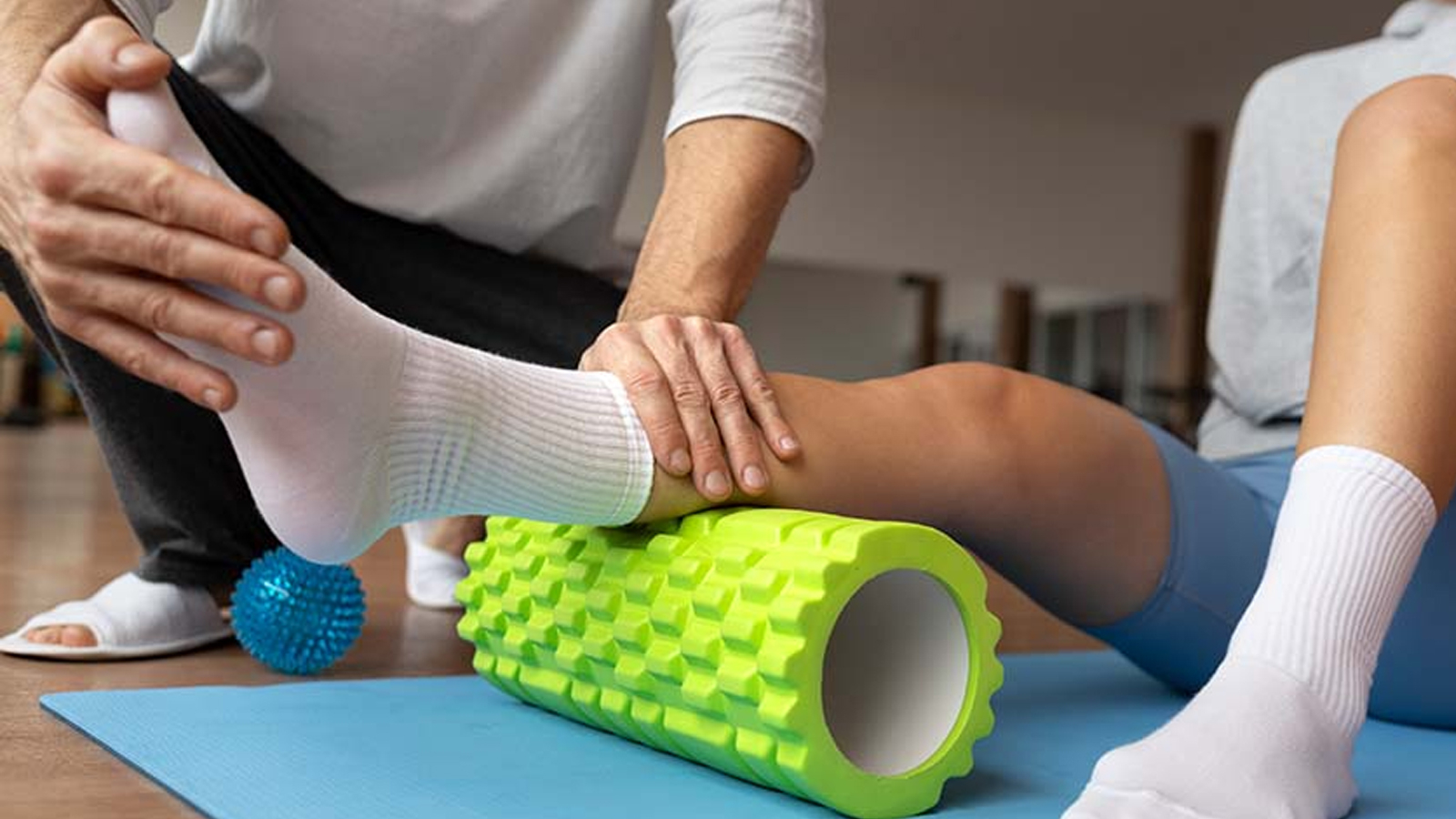To maintain peak performance and longevity, recovery and injury prevention are critical components for Taekwondo practitioners. Here are some essential aspects and practices for both:
Injury Prevention
1. Warm-Up and Stretching
Proper warm-up increases blood flow to muscles and prepares them for intense activity. Dynamic stretches and movements that mimic Taekwondo techniques (like kicks, jumps, and pivots) help reduce the risk of strains and sprains.
2. Strength Training
Strengthening the muscles around joints (especially the knees, hips, and ankles) provides stability and reduces injury risk. Core strength is vital to maintaining balance and body control during fast movements.
3. Flexibility
Regular stretching, focusing on the lower body (hamstrings, quadriceps, and calves), improves flexibility, helping to avoid muscle tears. Incorporating yoga or Pilates can also enhance flexibility and mobility.
4. Technique Focus
Practising proper technique in kicks, strikes, and forms minimises the chance of overexertion or injury from incorrect movements. Poor technique can lead to joint stress, especially in high-impact techniques.
5. Protective Gear
Proper safety equipment during sparring, including headgear, shin guards, and mouthguards, is essential to prevent common injuries like concussions, fractures, and cuts.
6. Cross-Training
Engaging in other forms of training, such as swimming or cycling, helps reduce the strain on muscles and joints while maintaining overall fitness.
7. Gradual Progression
Avoid increasing the intensity, frequency, or duration of training too quickly. Gradual progression prevents overuse injuries, common in repetitive sports like Taekwondo.
Recovery Strategies
1. Rest
Rest is crucial for recovery, particularly after intense training sessions or tournaments. Giving muscles time to repair and grow is essential to prevent chronic fatigue and overuse injuries.
2. Hydration
Staying hydrated supports muscle function and recovery. Electrolyte balance prevents cramps and dehydration, particularly after intense training or competitions.
3. Post-Training Stretching
Stretching after practice helps release muscle tension, improves flexibility, and reduces soreness. Static stretching or foam rolling is effective for muscle recovery.
4. Cold Therapy (Ice Baths)
Ice baths or cold compresses applied to sore muscles reduce inflammation and promote faster recovery. Many athletes use cold therapy after intense sessions to prevent delayed onset muscle soreness (DOMS).
5. Nutrition
Eating a balanced protein, healthy fats, and carbohydrates diet supports muscle recovery and energy replenishment. Protein is essential for repairing damaged muscle fibres after intense training.
6. Sleep
Quality sleep is critical for recovery as the body repairs tissues and produces growth hormones during sleep. Aim for at least 7-9 hours of sleep, especially during heavy training.
7. Massage and Physiotherapy
Regular sports massages or physiotherapy treatments can help prevent stiffness and promote circulation, reducing the likelihood of injury. Professional help is beneficial in treating minor injuries before they become more serious.
8. Active Recovery
Light activity, such as walking, swimming, or yoga, promotes blood flow and muscle recovery without putting too much stress on the body.
Common Injuries in Taekwondo and Prevention Tips
- Sprains and Strains: Focus on flexibility, proper technique, and warm-up.
- Fractures: Use protective gear during sparring and avoid excessive force.
- Tendinitis: Rest, proper technique, and strength training can prevent overuse.
- Dislocations: Proper warm-up and technique help prevent joint-related injuries.
Integrating these prevention and recovery strategies into a regular Taekwondo routine can help minimise injury risk while maximising performance.


Add a Comment